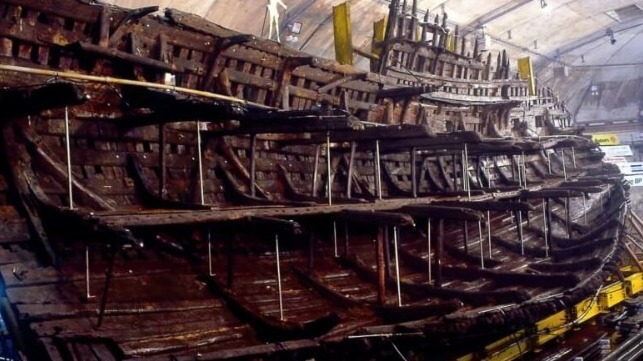Study: UK's Colonial Shipbuilding Surge Put a Bat on Endangered List

A new study attributes the massive decline in the population of "very rare" bat species in Britain to colonial shipbuilding dating back over five centuries ago.
The study by researchers at the University of Exeter and the Bat Conservation Trust claims that widespread tree-felling to supply wood for colonial shipbuilding some 500 years ago was a huge contributing factor in the decline of bat numbers.
Britain boasts of a rich shipbuilding history, but that history came at a cost to its old-growth forests. Historical accounts by the Royal Museums Greenwich show that about 2,000 trees were needed to build one warship in the 18th century.
The study found that the populations of the rare western barbastelle bats have dropped by 99 percent over several hundred years. The researchers came to this conclusion after detailed analysis of bat DNA that can reveal a "signature" of the past, including periods when populations declined, leading to more inbreeding and less genetic diversity.
Analysis of the DNA was made possible through the catching and testing of the western barbastelle bats in 15 British, Spanish and Portuguese forests. Apart from DNA analysis, the scientists also analyzed modern landscapes to see what helps and harms bats and were able to establish more genetic diversity among bats in areas rich in broadleaf woodland and diverse habitats.
In the study, the scientists were able to discover that the rare bat species usually roosts in mature oak and beech trees, and they move around every few nights, meaning they benefit from areas with substantial woodland cover.
“Our findings reveal that both the northern and southern British barbastelle populations have declined over several centuries, beginning about 500 years ago. This coincides with a period of widespread tree-felling to supply wood for colonial shipbuilding. It is likely that the decline we found was triggered by this loss of woodland, which has continued since that period,” said Dr. Orly Razgour, University of Exeter molecular ecologist and conservation biologist.
Razgour added that while increasing coverage of mature trees is difficult, the findings highlight the need to protect existing woodlands and manage woodlands to increase roost availability for tree-roosting bats.
